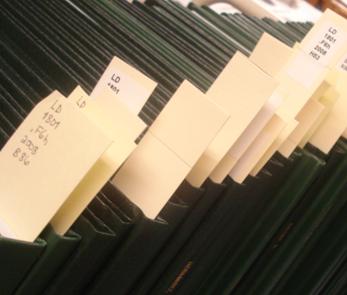
USF St. Petersburg campus Master's Theses (Graduate)
First Advisor
Major Advisor: Jeremiah Sean Doody, Ph.D.
Second Advisor
Committee Member: Deby Cassill, Ph.D
Third Advisor
Committee Member: Alison Gainsbury, Ph.D
Publisher
University of South Florida St. Petersburg
Document Type
Thesis
Publication Date
2020
Date Issued
March 13, 2020
Abstract
Over the next 100 years, climate change will impact nearly all species. To survive climate change, species will need to shift their ranges, or develop adaptations that offset rising temperatures. To prevent rising temperatures from influencing nest temperatures, oviparous ectotherms such as freshwater turtles will need to adapt their physiology (i.e., raise the range of temperatures suitable for developmental processes) or their behavior (i.e., through nest site choice). Theory suggests that behavior is more evolutionarily labile than physiology, generating the prediction that turtles will use nest site choice to offset climate warming. In the present study, I quantified nest site choice in the Florida softshell turtle (Apalone ferox) across three sites in Central Florida to test the hypothesis that the species can use nest site choice to counter climate change by nesting in more shaded areas that receive less incident solar radiation and experience lower nest temperatures. Canopy openness and incident radiation intensity at each nest site and potential nest site were calculated using hemispherical photography and Gap Light AnalyzerⓇ. To establish links among canopy openness, incident radiation intensity, and nest temperatures, continuous nest temperatures were recorded for a subset of nests and potential nests using ThermochronⓇ i-button data loggers. The nesting season of A. ferox ranged from late March to late July. Canopy openness ranged from 6.84 - 70.89%, and had a significant, positive relationship to incident radiation intensity. Likewise, nest temperatures had a significant, positive relationship to incident radiation intensity. Potential nest sites in shade were abundant at all study sites and at all nesting areas within those sites. These potential nest sites were significantly less open, received less incident radiation, and exhibited lower temperatures (at nest depth) than chosen nest sites. A. ferox utilized a wide range of canopy cover, and could offset increasing nest temperatures by nesting in more shaded areas with cooler potential nest temperatures, suggesting there is scope for softshell turtles to use nest site choice to counter, at least to some extent, current and future climate warming. Although we cannot assess the rate and ability of turtles to evolve nest site choice behavior against the rate of current and future climate change, our study provides evidence that natural selection for nesting in more shaded areas is a plausible mechanism turtles possess in their repertoire for responding to climate change.
Creative Commons License

This work is licensed under a Creative Commons Attribution-Noncommercial-No Derivative Works 4.0 License.
Recommended Citation
Sullivan, Sean, "Can Florida Softshell Turtles (Apalone ferox) Use Nest Site Choice to Offset Climate Change Effects on Developing Embryos in Nests?" (2020). USF St. Petersburg campus Master's Theses (Graduate).
https://digitalcommons.usf.edu/masterstheses/199


Comments
A thesis submitted in partial fulfillment of the requirements for the degree of Master of Science in Conservation Biology Department of Biological Sciences College of Arts and Sciences University of South Florida Saint Petersburg